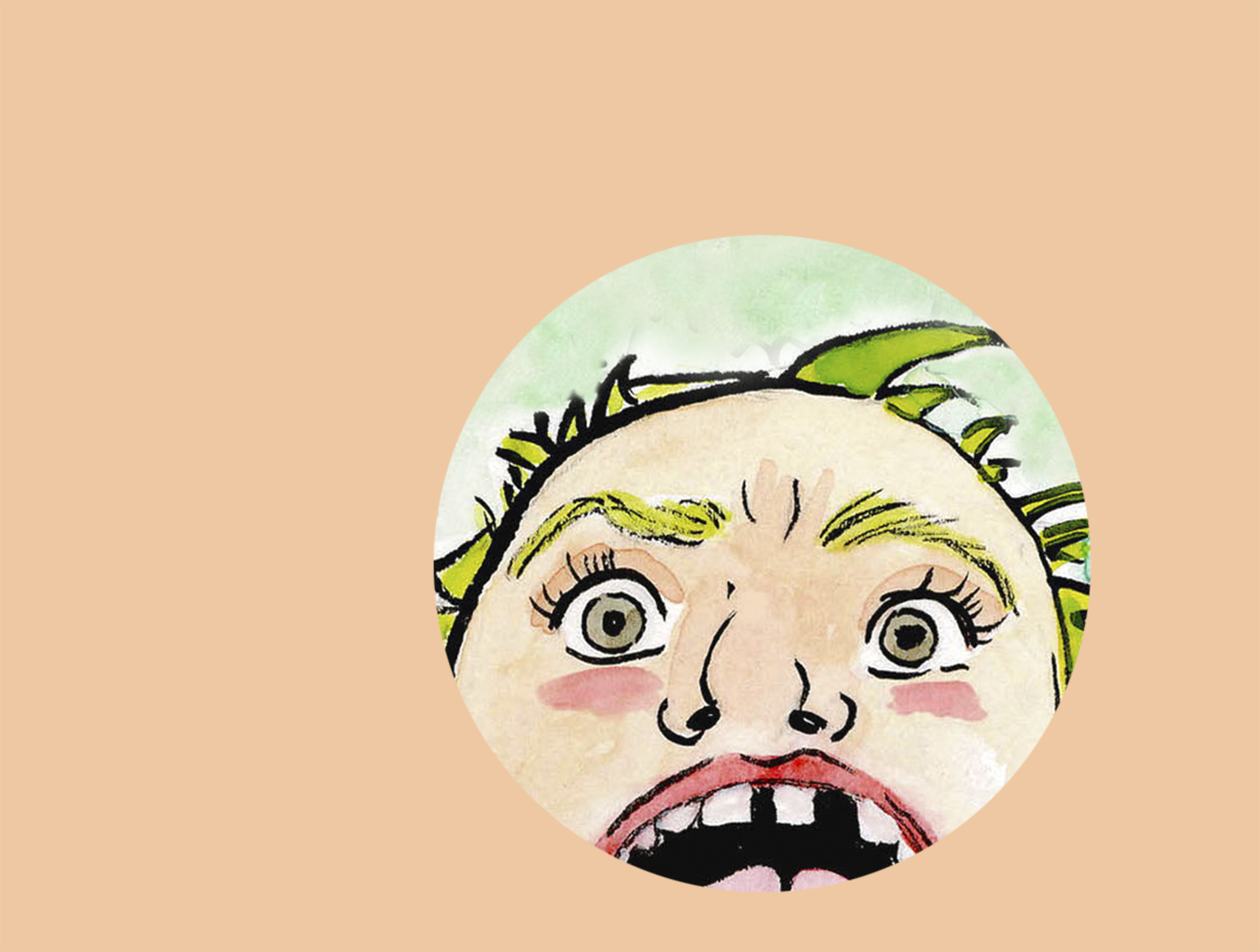Above: Kelly Froh (Left) with fellow Short Run organizers Eroyn Franklin and Janice Headley (Photo: Sara McCaslin)
Short Run is a gleaming jewel in Seattle’s art crown—that special day where all of the best alt-comix artists, zinesters, and animators crawl away from their drafting tables for a giant, infectious love fest in Washington Hall. It’s hard to overstate how magical getting lost in the building’s three-story labyrinth of colorful, weird, and inspiring humans hawking their handbound scribbles truly is. You will meet new people. You will read new things. You will eat cookies. You will dance at the subsequent Beach Party. You really can’t lose.
While the festival’s focus is regional, highlighting artists and small presses from the PNW, its scope has grown to international proportions, roping in underground artists from Canada, Finland, South Africa, Australia, the UK and Latvia. In an attempt to make some sense of how awesome Short Run is, we spoke to one of its founders, local cartoonist Kelly Froh:Tell me a bit about how Short Run started.Short Run is organized by myself, Eroyn Franklin, and Janice Headley. Short Run originated to showcase the kind of work that we were making or most appreciated/excited us and that we felt was under-represented at larger “cons.” Other cities had festivals focussed on indie comics and small press books and in the words of Seahawks quarterback Russell Wilson, we thought, “Why not us?” There was a need to fill, and by our second year Paul Constant of The Stranger declared us “a new Seattle institution” and just recently The Weekly named us “Best Comic Convention”, which was a huge honor. Are you surprised about how much the festival has grown? Especially this year, it seems like Short Run has gone international.We have! But completely on purpose and with intention. We have a lot of ideas for how we want to grow, and it’s not all about a bigger and bigger festival, it’s about the guests and what they do when they are here, how they can work with local artists, how we can use the venue we are in, what can be created inside. Eroyn did an amazing job finding international artists and working with them and their countries granting organizations to get them here. We have created many ways to showcase them: art shows, anthologies, interviews, parties, and the mural in the Central District. We want our audience to know that coming to Short Run every year will be a different experience and you will be amazed by the work you have never seen before and can maybe not get anywhere else.
Local comic artist James Stanton and South Africa’s Jean De Wet are currently collaborating on a mural at 22nd and Union to mark Short Run’s impending arrival. Photo from Short Run Seattle.
Zooming back in on Seattle and the Northwest though, why do you think the underground and alt-comix scene here has blossomed so much recently? To the outsider, it seems like there’s a huge local comics renaissance happening.
It’s a great time to be a comic artist in Seattle right now. There are a lot of people who have decided to not wait around to be accepted into a certain anthology, or to actually make something instead of adding to a perpetual sketchbook that no one sees. People are putting themselves out there by joining forces with others, pooling their money, and creating experiences that others can partake in, such as Dune mini-comics drawing night, Exterminator City, The Intruder comics newspaper, ZAPP’s open hours at Hollow Earth Radio, and numerous drawing nights around the city, in every neighborhood. Compared to music or theater or dance, making comics is by its nature a very lonely craft, especially I’m sure in a cold, overcast place like Seattle. Short Run seems like one of the few times all these artists get to come out of the woodwork together. How do comic artists foster these communities like they do at Short Run while working in a medium that is so singular?There are many people that use Short Run or Dune night as the dates on the calendar in which to complete things, or go out and work outside the home, or just simply to get out, period. When you are focussed on a project, it’s hard to step away from, that’s true for any creative endeavor, really. It is understood in this community that if you haven’t been seen for awhile, or you show up with bags under your eyes and maybe pajama bottoms instead of pants, that you’ve been hard at work and you can count on people understanding and respecting that. Lynda Barry talks about how drawing for her is a way to make time more bearable. In the same way someone in a boring meeting might doodle on a notepad to make the time pass quicker, for her, making comics operates the same way. The way Barry puts it, “We don’t create a fantasy world to escape reality, we create it to be able to stay.” Does that ring true for you at all?Absolutely. Making comics connects us to the world, even though in order to make the comic, it does entail many hours alone. This might be hard to answer, but what’s your favorite comic?My favorite comic of all time was Julie Doucet’s “Dirty Plotte,” which I have read several times over and collected and preserved in plastic bags in an acid-free box like a true nerd.
Short Run, Sat. Nov. 15, 11 a.m. – 6 p.m., Washington Hall, 153 14th Ave, shortrun.org, All Ages, Free.Short Run Beach Party with La Luz and The Shivas, 8 p.m. – 11 p.m. 21+, $5.








